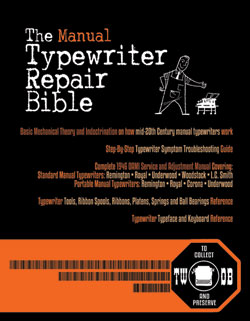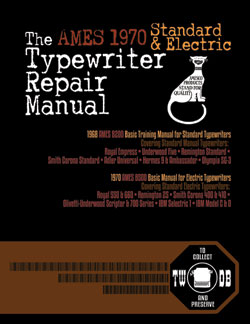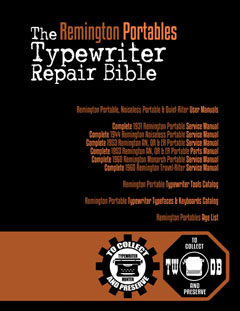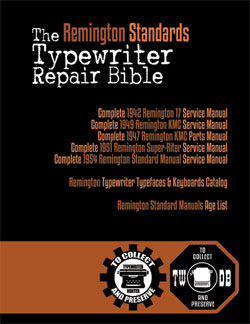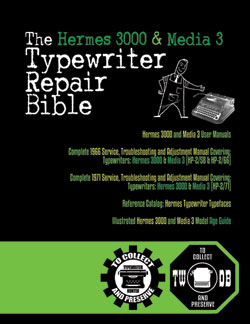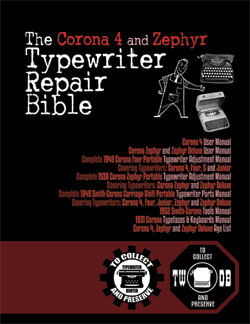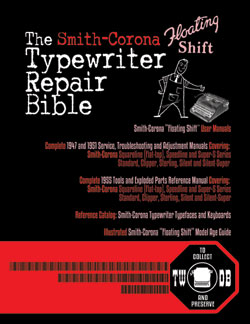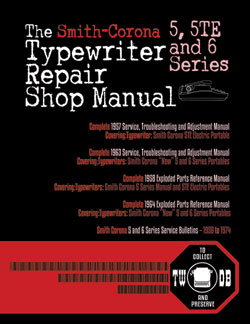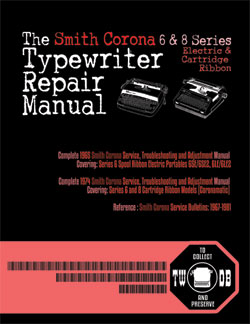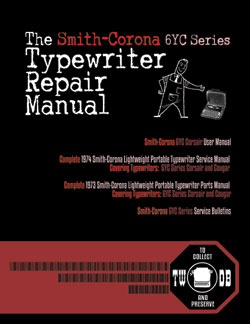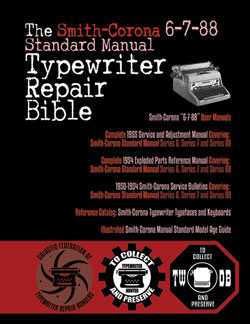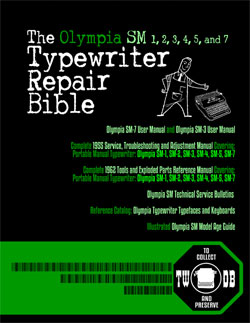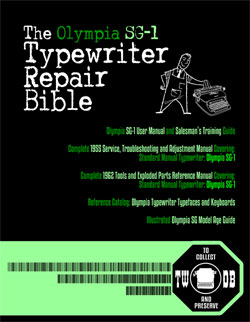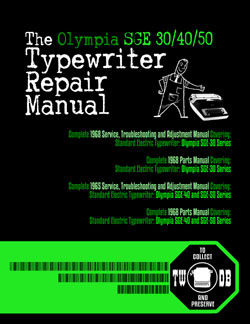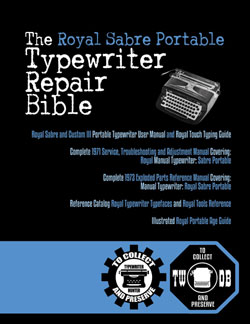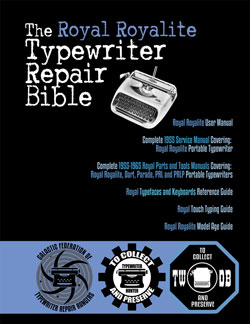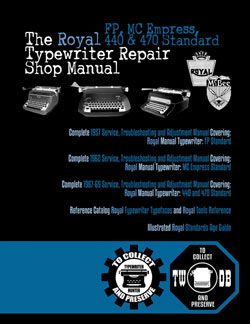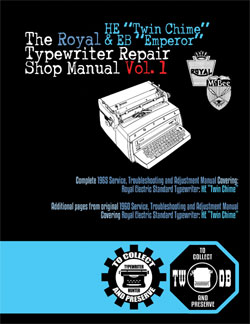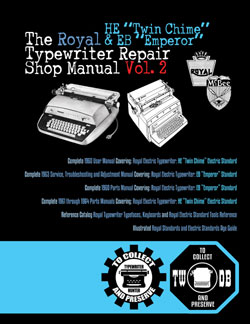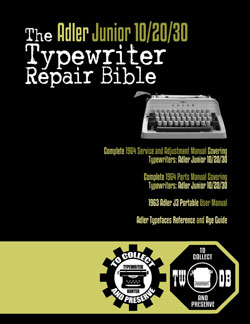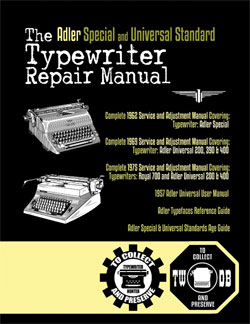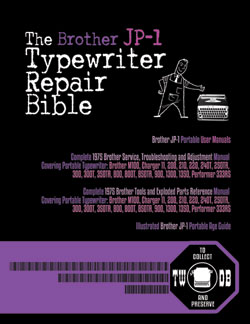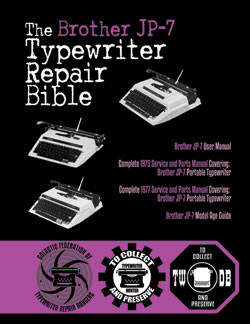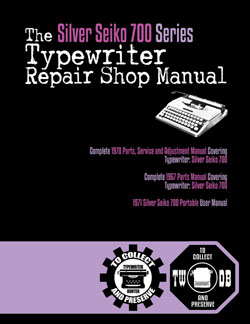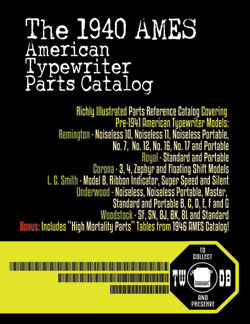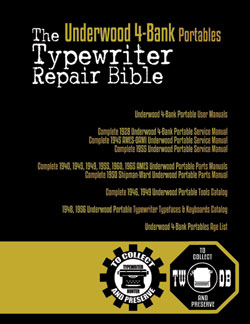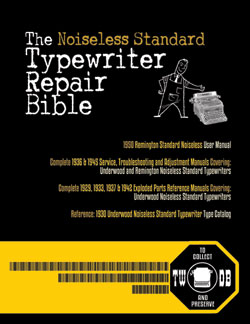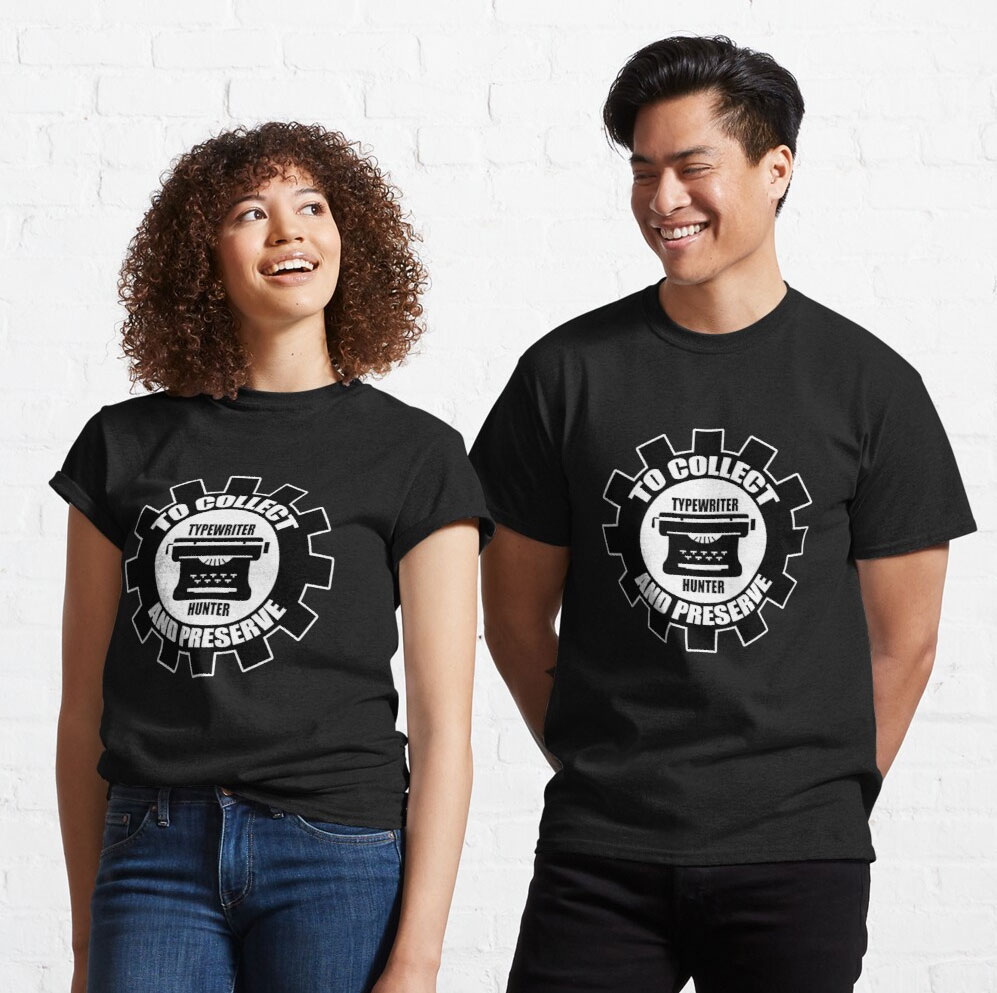1945 Olivetti Studio 42 #579717
Status: My Collection
Hunter: Jonas Lauritsen (legofanatikeren)
Created: 10-18-2025 at 06:42AM
Last Edit: 10-18-2025 at 07:19AM
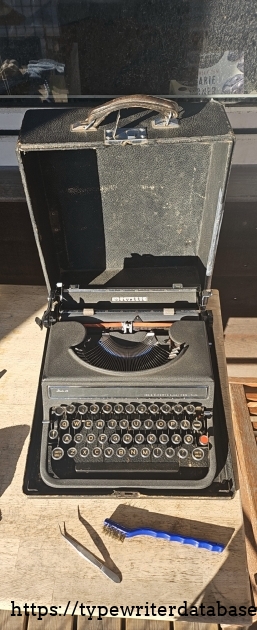
Description:
Found at an antique store for less than 25 USD, this machine at first appeared fully functional, and it was fairy shiny to boot; well-preserved, no blemishes on the machine itself, with glass keys and - from what I could tell - with all its original parts included. So I figured why the heck not.
Taking a closer look after getting it home and giving it a more thorough examination as well as some cleaning, I have a lot more to say about it;
It's a Danish keyboard, with Æ Ø Å but without the "1" key. All the keys and functions of this machine works (with one exception, later) including but not limited to: the margin release system, the return system, spool rotations, TAB-systems, line spacing, etc.
All feet on both the machine and case were intact and original.
It has a hinged top cover which is very cool, a stylish front glass plate which is a nice touch as well, and very clean typing action possibly owning to the way the typeslugs are actuated by gear-teeth, which is the first time I've seen that system in person - also very cool!
It came with the case, and original spools as well as the spool nuts to dictate it's rotation (more on that later). Whoever owned or had this for sale didn't seem to know that though, because both spool nuts were tightly screwed on, and I noticed upon removing the spools and ribbon, that the latter had been torn significantly around that area - who knows for how long the same segment of ribbon had been tugged at from both ends... It looked horrendous. No type sample from this one, since I'm not going to change out the ribbon to a new one, unfortunately, at least for now.
The case was banged up, as most are prone to be, and this had some taped edges and corners, which I spotted from the start, but it's not clear to me if they hold anything essential together - I think it's just to keep the edges from fraying any further, but I'm not deeming it important enough to actually remove it, since it's no big deal to me.
More worryingly, the bottom of the case hidden under the machine itself, is almost completely cracked in two down the middle, probably from some hard impact in the past - but it's holding together for now, and there's no detectable give in the integrity, so as long as it's not being carried in the case (which I wouldn't do anyway) I believe it's fine-ish.
Now, the only function I couldn't get working was the bell. I'm not entirely sure if it's the bell itself, the small thin arm that is supposed to hit it, or something else entirely, but no dinging is achieved with this. But it's a minor flaw, and very happy that's the only thing.
Now, I do have a few mysteries with this i can't seem to figure out;
1) there's a small lever on the left side behind the carriage return lever; this lever does not seem to do anything, whatsoever... I have a photo of the offending bit of metal with a pair of tweezers/pincers if anyone wants to enlighten me. Something to do with paper release maybe? But that didn't seem to happen...
2) There's a knurled knob on the left side of the case. Turning it seems to advance the spools manually, which is fine. But I seem to also be able to control the direction of the spooling by pulling/pushing it... is that not the purpose of the spool nuts? Why do i apparently have two ways of controlling that? Or am I misunderstanding its purpose?
Typeface Specimen:

Photos:
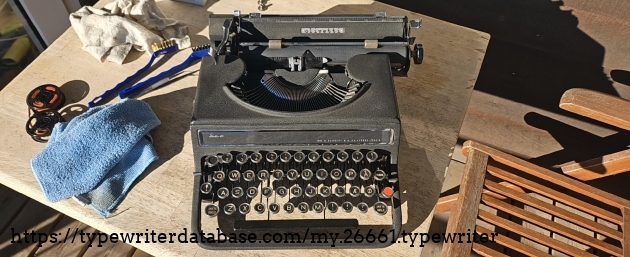
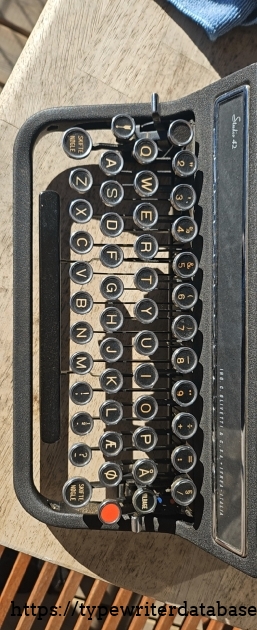
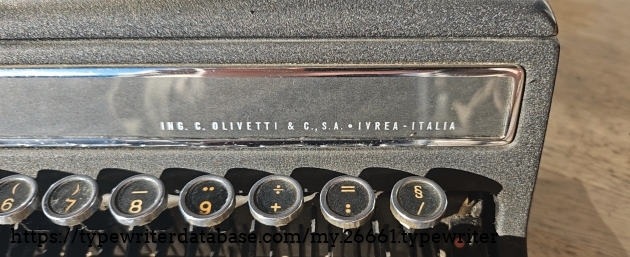
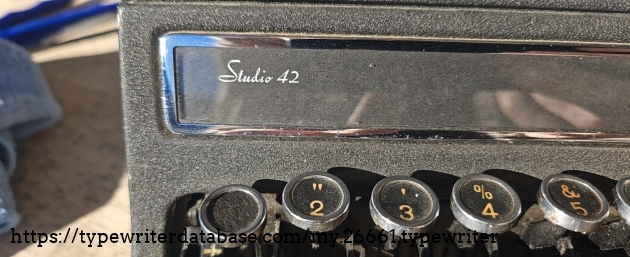
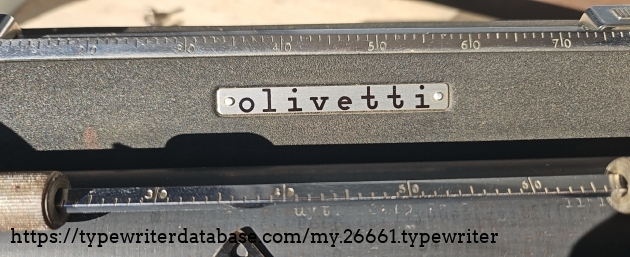
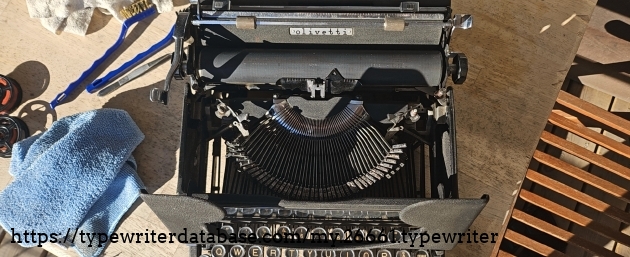
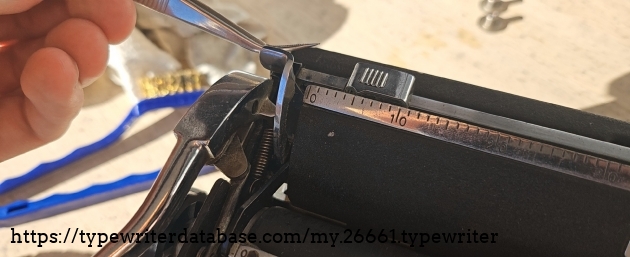
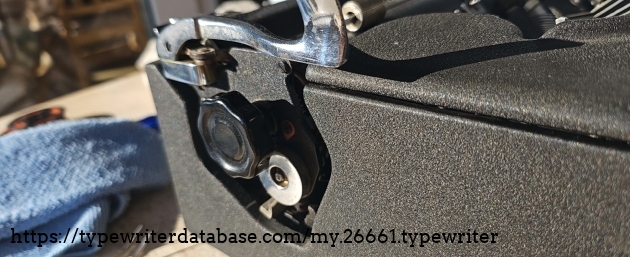
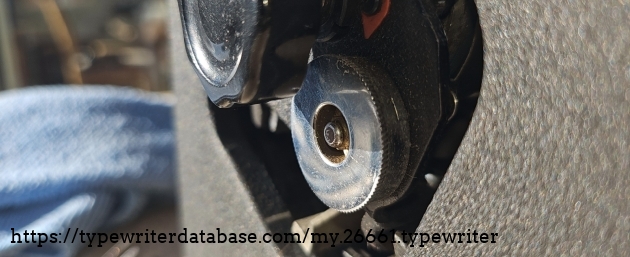
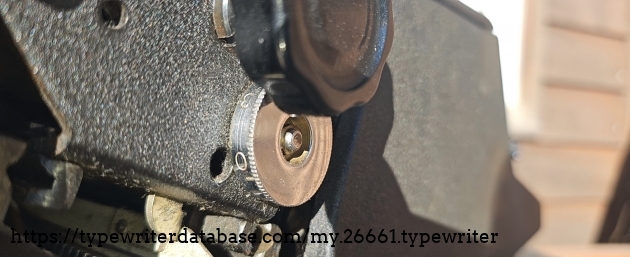
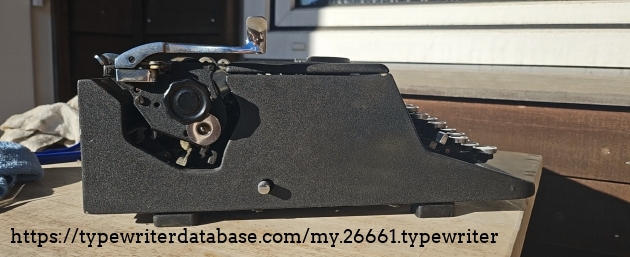
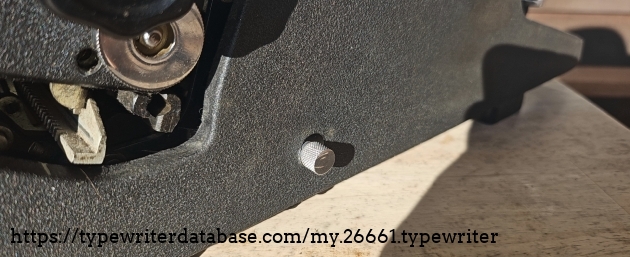
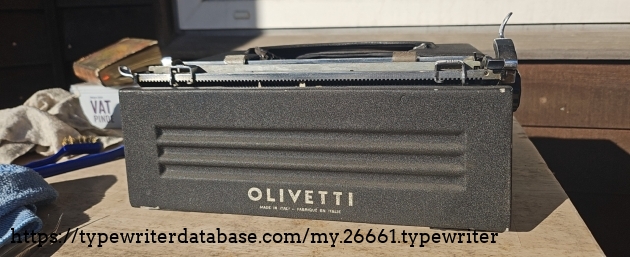
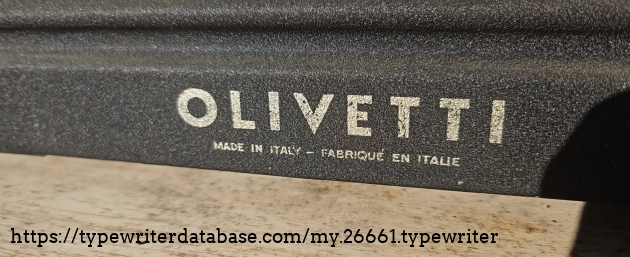
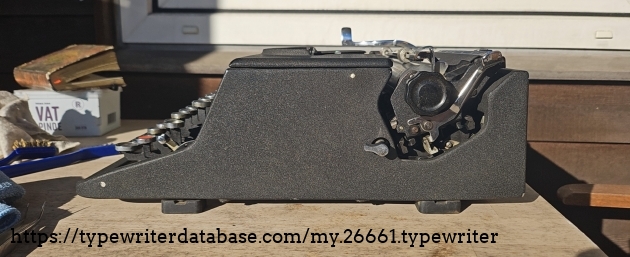
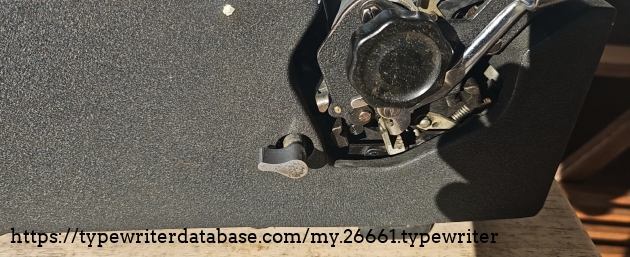
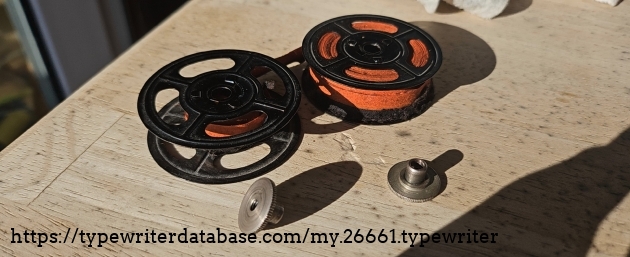
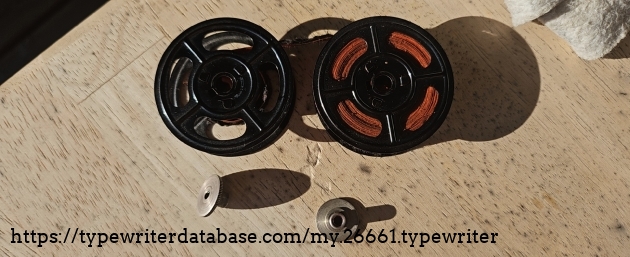
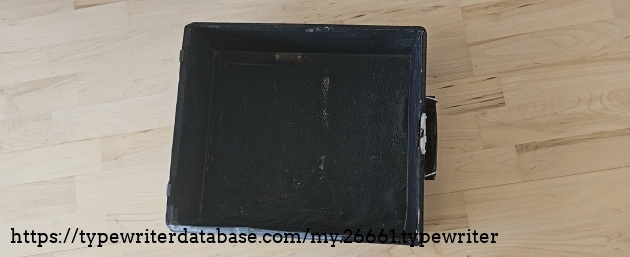
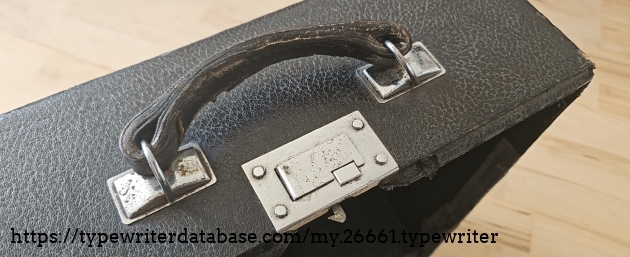
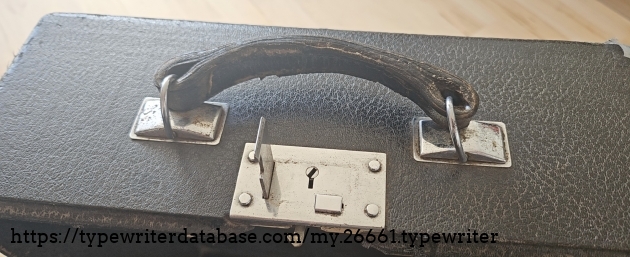
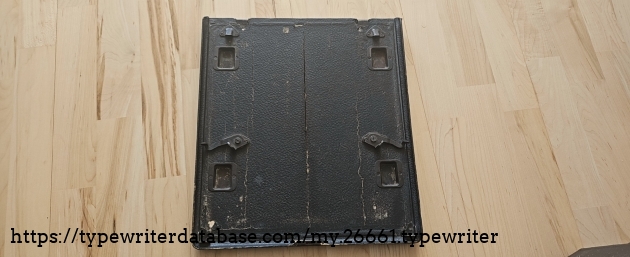
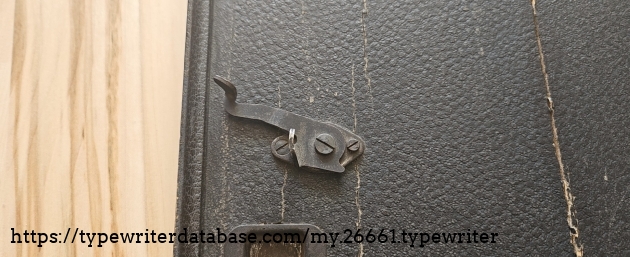
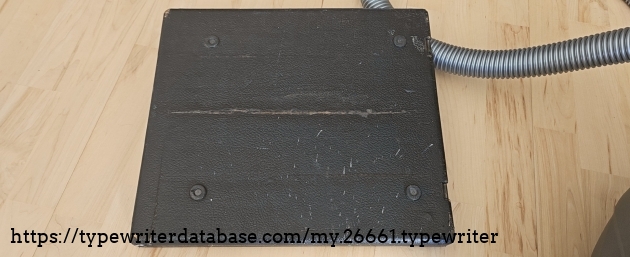
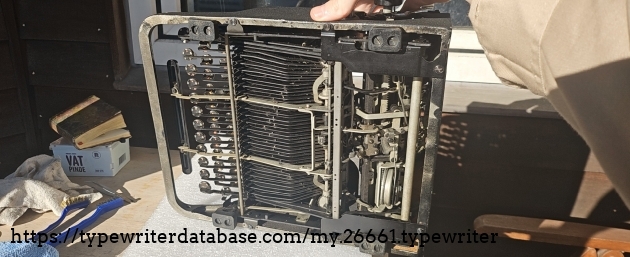
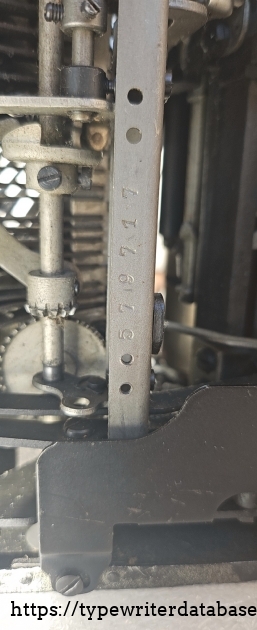
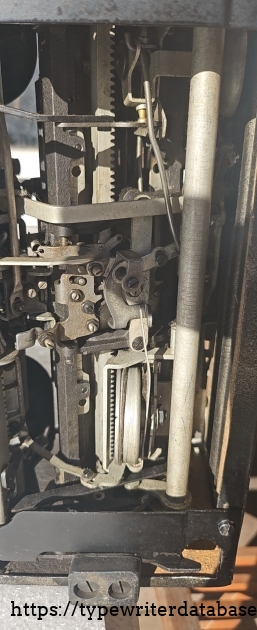
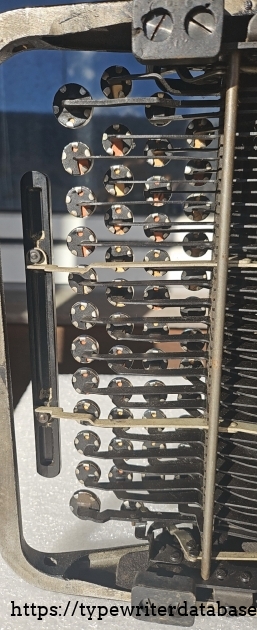
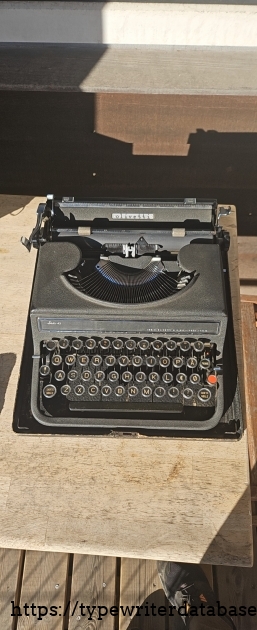
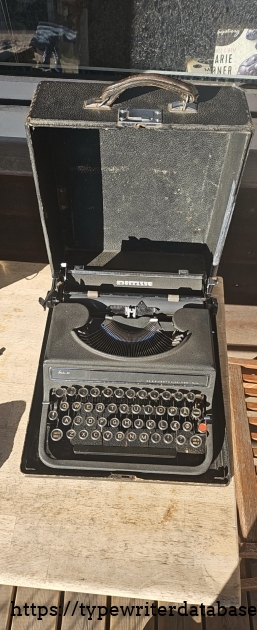
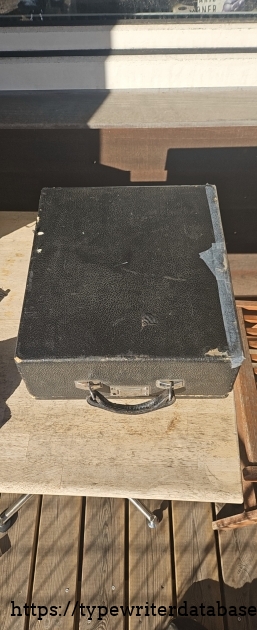
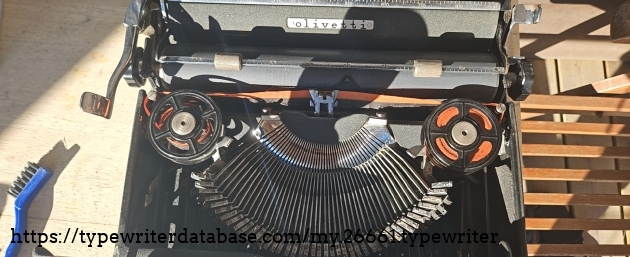
Hunter: Jonas Lauritsen (legofanatikeren)
Jonas Lauritsen's Typewriter Galleries [ My Collection ] [ My Sightings ]
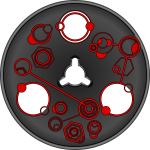
Status: Typewriter Hunter
Points: 1077
Casual collector of replica flintlock pistols, and in that same vein, picked up a couple of typewriters through the years - as a mechanical engineer, I could not resist.
RESEARCH NOTE: When researching the Olivetti Studio 42 on a computer with lots of screen real estate, you may find that launching the Olivetti Serial Number page and the Olivetti Studio 42 By Model/Year/Serial page in new browser windows can give you interesting perspectives on changes throughout the model series.
